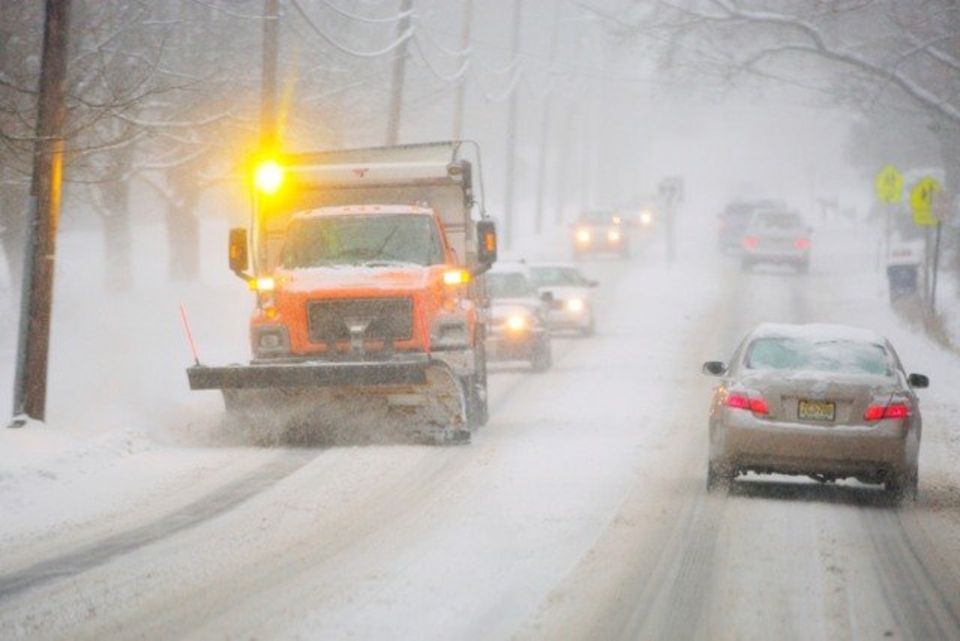
The FAA intends to use the material for tarmacs because fuel and luggage carriers, snow plows, and workers have vie for limited space.
The Federal Aviation Administration is funding research towards a special concrete that melts snow, according to a report. The mix, studded with electricity-producing chemistry, could aid airports and other high-traffic public areas during inclement weather. The FAA’s research involves experimenting with a cost-effective new formula being tested at the University of Nebraska-Lincoln using byproducts from the coal and steel industries. These byproducts would reduce costs up to 60 percent compared to earlier trials.
A 200-square-foot patch has been embedded with steel rods connected to electrodes that are attached to 120-volt AC power source. The conductivity results from “coke breeze,” a carbon byproduct of mining with steel shavings usually industrial refuse. Professor of civil engineering, Chris Tuan, said,”We keep it barely above freezing … somewhere around 40 degrees,” noting it doesn’t take much heat to make the slab impervious to snow. “It doesn’t get hot at all.”
Heated driveways and roads are currently in use utilizing a network of underground coils, in other words, radiant heat. But Tuan points out that the heating is patchy with cold spots existing between the tubes. But when using the conducting concrete, “There is no cold area.” He adds that his system is virtually maintenance-free, and requires only about 13 watts of energy per square foot. Runways, however, have plenty of open space for snow plows.
The question remains as to why this technology hasn’t been used more frequently. Deborah D.L. Chung, another engineering professor at University of Buffalo – SUNY has studied conducive concrete and points to cost as the major obstacle. Also, “A new concrete formulation needs very, very thorough field testing before contractors would dare to use it, because there are liability issues,” Chung says. “To get a new concrete to be accepted by contractors, it’s a long haul.”
The material has the potential for other applications because it can block electromagnetic waves. Electrical equipment could be protected from lightning strikes and other damaging power surges. Another possibility is for cell-phone communication blocking in high-security buildings.
Tuan has used the technology in the past installed for the 150-foot Roca Spur highway bridge in Lincoln in 2003. The trial was successful, and he pointed out that de-icing the bridge during a three-day storm usually costs around $250, much less than using a brigade of plowing trucks and chemicals, which can also erode the concrete’s life span. But the state had another state of mind. Tuan retorted, “Nobody’s going to monitor the bridge or collect data,” Tuan says, “or turn the power on and off.”
With future endeavors in mind, Tuan wants to instill developed sensors and controls into the concrete slabs to automate the heating technology during approaching storms and shutting it off otherwise. He’s looking forward to a second-round of funding for the spring, which involves a prototype to be built in Atlantic City, N.J. He’s also trying to source investment from China, where he developed two demo parking ramps in the icy city of Harbin.

Leave a Reply